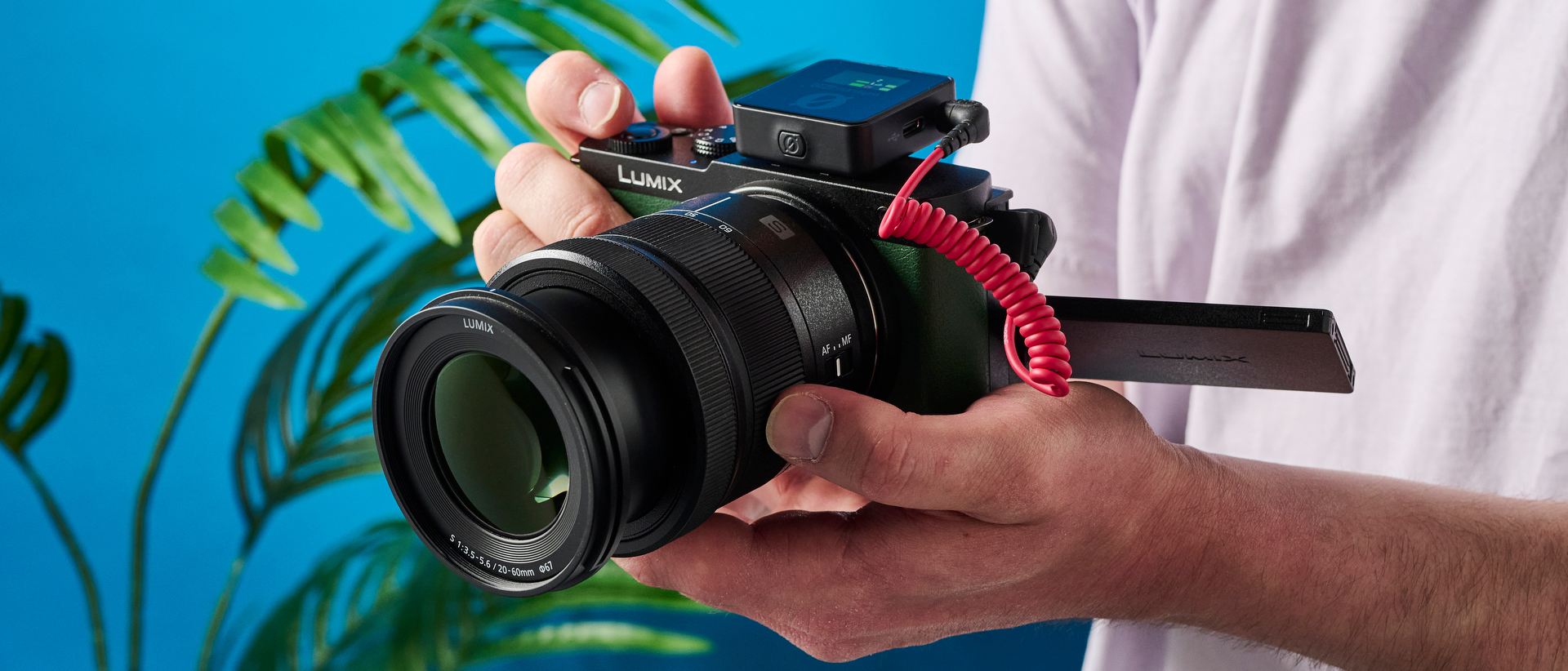Tom's Guide Verdict
The Lumix S9 offers many of the video credentials of Panasonic’s powerful video cameras, in a stripped-down and easy-to-use package aimed at content creators. However, it feels more than a little confused, lacking the features pro video shooters will demand, while remaining somewhat complicated given the amateur audience it’s aimed at. It doesn’t do enough to warrant an outright recommendation over cheaper APS-C vlogging rivals, the Sony a6700 and Fujifilm X-S20.
Pros
- +
Variety of recording formats
- +
Open gate video
- +
Custom LUT bank
- +
Lovely image quality
- +
Great AF and stabilization
Cons
- -
No joystick or EVF
- -
No headphone port
- -
Single SD slot
- -
Pricey
Why you can trust Tom's Guide
The Lumix S9 is Panasonic’s attempt to break into the amateur content creator market. The company already produces some of the best mirrorless cameras for video: the fantastic Lumix S5IIX, plus the recently released Lumix GH7. However, these are aimed at professionals or serious semi-pros. As such, they come replete with specialist features like CFExpress slots, advanced recording formats and high data capture rates.
The vast number of creators producing YouTube or TikTok content likely don’t want, need or even understand all that. They want to pick up a camera, point it at something and get most of the benefits of a Lumix video camera, without all the complicated stuff. The S9 is intended to give them that, and to compete with the similarly priced, similarly creator-oriented Sony a6700 and Fujifilm X-S20.
So what does the Lumix S9 offer that those cameras don’t? A full frame sensor for one, plus open gate recording and a wide range of video formats. Then there’s the innovative app-based LUT system. That could well be enough to sway many creators towards the S9.
That said, this camera feels muddled. It won’t pack enough heat for really serious video production yet still seems over complicated for its target demographic. Find out more in our full Lumix S9 review.
Panasonic Lumix S9 review: Specs
| Sensor | 24.2MP full frame |
| Lens mount | L-Mount |
| Stabilization | 5-axis IBIS, up to 6.5 stops |
| AF System | Hybrid Contrast and Phase detection |
| Viewfinder | None |
| Display | 3-inch vari-angle TFT, 1.84M dots |
| Max video resolution | 6K/30p |
| Ports | 1x SD/SDHC/SDXC UHS-II; USB-C; 3.5mm mic; Micro-HDMI |
| Headphone port | No |
| Wireless connectivity | Wi-Fi (2.4G/5G); Bluetooth (5.0) |
| Max shooting speed | 30fps |
| Max shutter speed | 1/8000 |
| Battery life (CIPA) | 430 shots |
| Size | 4.96 x 2.91 x 1.84 inches |
| Weight | 17.1 ounces |
Panasonic Lumix S9 review: Price & availability
The Lumix S9 launched in late June 2024 and costs $1,499 / £1,499 body only. It’s priced similarly to other enthusiast-tier full frame cameras like the stills-oriented Canon EOS R8 ($1,499), whose lack of IBIS will be problematic for video shooters. The S9 is pricier than rival mid-range content-creator bodies, though, like the APS-C Sony a6700 ($1,399) and Fuji X-S20 ($1,299). That’s $100-200 you could spend on a lens.

On the topic of lenses, there’s plenty of glass out there for the S9’s L-mount, but full frame lenses are pricier than APS-C equivalents, generally speaking. Sony also has the largest combined 1st and 3rd party lens collection, with Fuji close behind. You’ll have a wider, cheaper collection of glass at your disposal on those systems.
Panasonic Lumix S9 review: Design
The Lumix S9 sports a retro rangefinder-esque design, with no frontal grip and a flat top panel. The body is wrapped in leatherette, which comes in either green, black, brown or blue. Build quality is excellent, with almost all of the camera made from metal save the buttons and rear dial, which still feel high quality.
Get instant access to breaking news, the hottest reviews, great deals and helpful tips.

The S9 measures 4.96 x 2.91 x 1.84 inches and weighs just over one pound. It isn’t tiny, but it’ll give you very little grief inside a backpack. It ought to fit into a large pocket, too, at least when paired with the controversial 26mm f/8 pancake lens launched simultaneously (a fixed f/8 aperture and manual focus only… in a lens aimed at video content creators? Looks like someone at Lumix got into the ether cupboard.)
There’s no EVF, delineating the S9 as a video-centric camera, similar to the Nikon Z30. If you’re a hybrid shooter and value stills to any extent, this will be a big turn off. However, the S9’s rear TFT touchscreen offers a resolution of 1.84M dots, just like the S5IIX, which is par for the course in this price bracket and higher than the Sony a6700’s 1.07M dots. It’s also vari-angle, which suits video work.

Connectivity feels a little limited, though. There are USB-C, Micro-HDMI and a mic port, but no headphone port to monitor audio levels — rather important for video. There’s also only one SD card slot (UHS-II). Such features, or lack thereof, illustrate the S9’s pitch towards the amateur side of the market.
Panasonic Lumix S9 review: Controls & handling
Being gripless, the S9 isn’t the best handling camera, but is helped by a small thumb rest on the rear for a better and more comfortable grip, especially at odd angles.

Exacerbating the S9’s handling woes are its scant onboard controls. There are no function buttons, although you can remap most controls, including touch screen gestures (themselves frustrating). There’s no focus joystick either, which is a tremendous pain. Even when shooting video, it’s useful to be able to finely control focal points with a joystick. On the S9 this is instead done by tapping the screen, which is clumsy and inaccurate, especially with small focus zones.

This is doubtless another ploy to attract amateur, smartphone-centric users — the S9 feels designed to be left on continuous autofocus to automate the shooting process as much as possible. That is, of course, unless you’re using Lumix’s manual focus 26mm F/8, although how are vloggers supposed to manually focus while trying to film themselves at arm’s length? None of this is making any sense!
Lumix’s menu is stellar, at least: well laid out, easy to navigate and a good rival to the fantastic menus of Sony and Canon cameras.
Panasonic Lumix S9 review: AF performance
The Lumix S9 packs Panasonic’s hybrid contrast and phase detection autofocus, with advanced detection and tracking capabilities. There are modes for human and animal eyes and faces, as well as for cars and motorcycles. It isn’t quite as fast as rival AF systems from Canon or Sony, but will be more than capable for content creators and vloggers. It easily detected and locked onto the the dogs in the photo below.

It works fairly well in low light, too, detecting and locking onto my dog Luna’s eye down to around -2EV (where it began to struggle) when I was shooting the high ISO photos below.
Panasonic Lumix S9 review: Image quality
While it isn’t a stills-oriented camera, the S9’s 24.2MP full frame sensor delivers beautiful images with enough detail for moderate cropping. The standard color profile feels natural, as you can see in the image of the flower below: the lilac and green tones haven’t been oversaturated and the cool light of the slightly overcast conditions has been captured accurately.

There are a variety of other profiles, though, including the vivid profile, demonstrated in the image of the market stall below, plus several black and white profiles. I used the gorgeous Leica Monochrome profile to shoot the images of Luna in the high ISO test later in this section. There are also a huge number of LUTs available, which can be used as color profiles for stills (more on this in the video section below).

Thanks to the full frame sensor’s large photosites (the light sensors which translate to pixels), the S9 captures a wide dynamic range. I tested dynamic range performance by shooting the first image in the gallery below: a backlit photo of my Nikon film camera. The second image shows the exposure and shadows boosted in Adobe Lightroom, where plenty of detail has been captured in the shadows of the camera body and lens. Impressively, despite a huge boost in exposure, very few highlights were blown out in the background window.
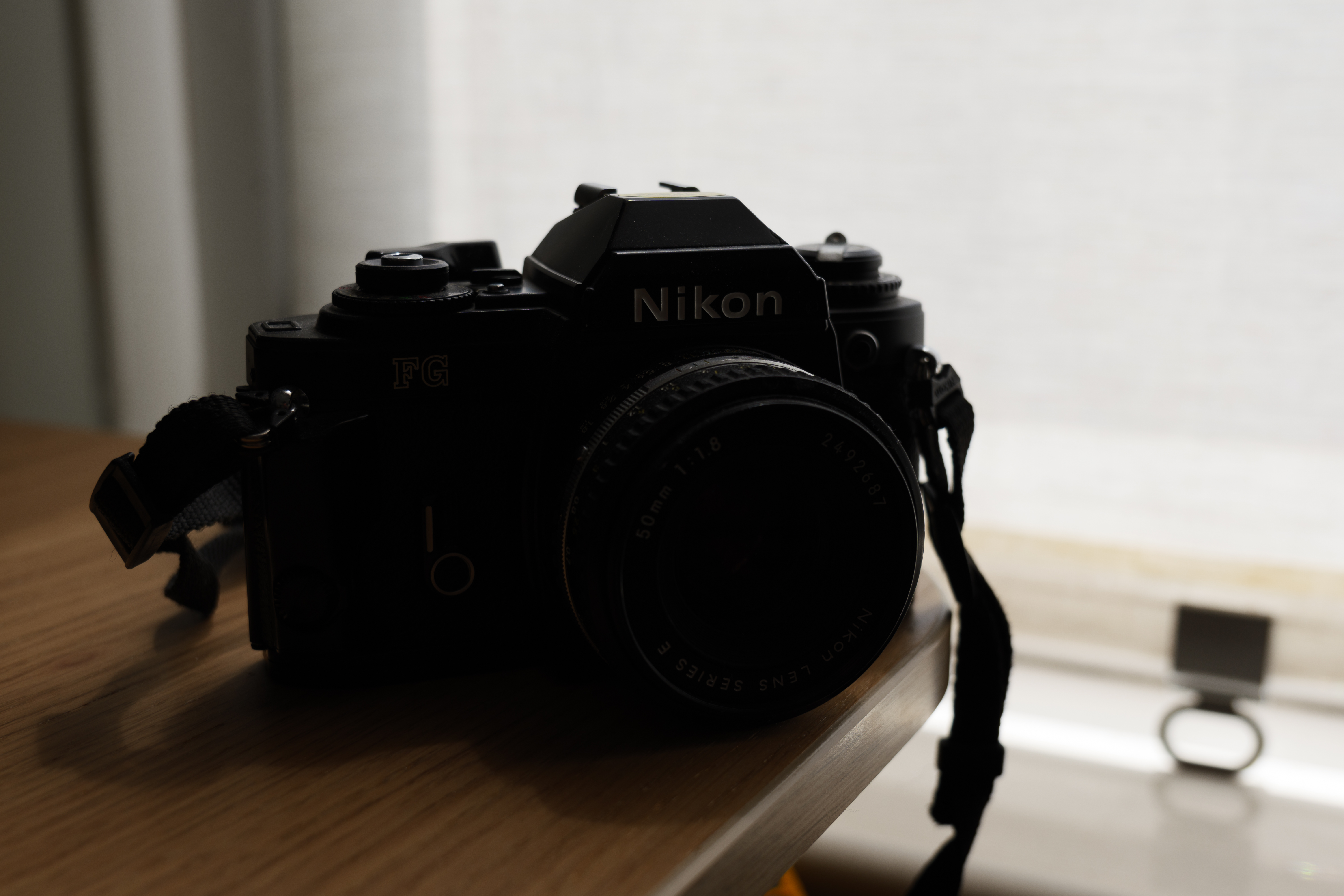

High ISO performance is also decent — about on par with other full frame 24-ish megapixel cameras like the Nikon Z f and EOS R8. You can happily crank the sensitivity up to ISO 12,800, as I did in the first image of my dog Luna in the gallery below (A JPEG export of the original RAW file, with exposure boosted slightly in Adobe Lightroom), and still come away with a usable and pleasing photo. If you’re shooting RAW, you should even be able to shoot at ISO 25,600 and achieve an acceptable photo.


That said, be wary of the S9’s straight-out-of camera (SOOC) JPEGs at ISO 12,800 and over: the second image in the gallery above shows the SOOC JPEG of the same shot. The camera’s noise suppression smoothing has been very detrimental to image sharpness: lots of detail has been lost in the fur on her nose, and the photo looks almost out of focus and blurred. Much better to apply some noise suppression to the RAW file in one of the best photo editing software applications.
Panasonic Lumix S9 review: Video features
The Lumix S9’s picture quality naturally carries through to video too. The sensor can shoot up to 6K/30p, and offers a wide variety of resolutions, formats and features to put plenty of creativity into its user's hands and allow them to tailor output to post production and/or workflow requirements.
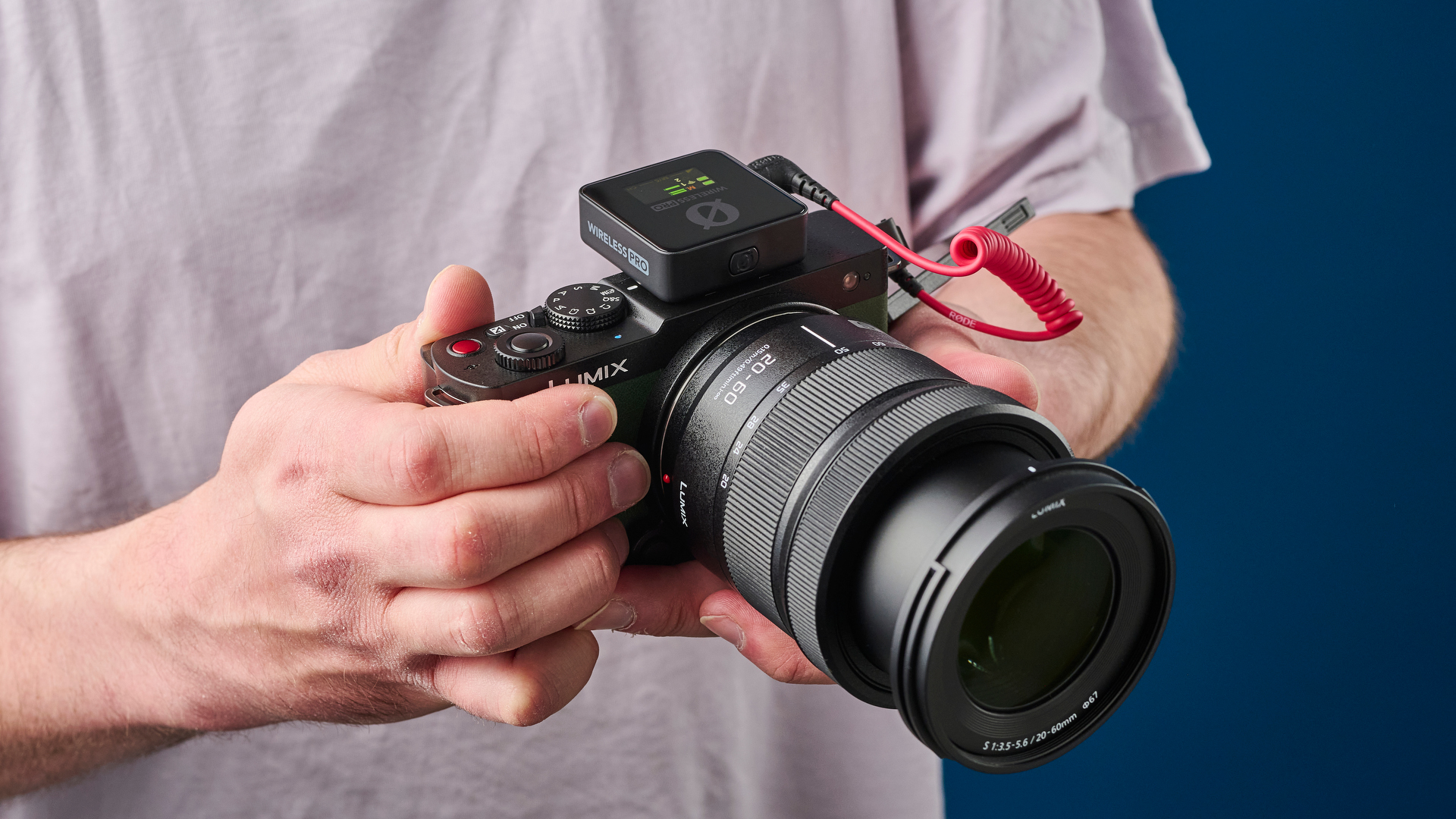
There’s even an MP4 Lite file format, designed for transfer to and editing on mobile devices, to suit the less technical, smartphone-centric content creators the camera is designed for.
The S9 shoots open gate video, meaning it can use the entire full frame sensor to capture, say, 4K video, resulting in greater data capture and more flexibility with cropping in post — not very amateur, if you ask me.

One of the standout features of the camera is its handling of LUTs — these essentially apply color profiles to video in-camera to avoid the need for color grading in post. The S9’s unique feature is that it pairs with the free and easy-to-use Lumix Lab smartphone app, allowing you to download Lumix or user-created LUTs and load them to the camera.
The S9 has a 39-strong bank of LUTs, which is almost empty by default, save a few sample LUTs — you must install the app and pair with your camera to download and add more. I really enjoyed browsing, downloading and playing around with various LUTs. You can see the difference in the gallery below between the Standard color profile, VLog and the user-created Faded Summer LUT (Lumix Labs/Caleb Hoover).
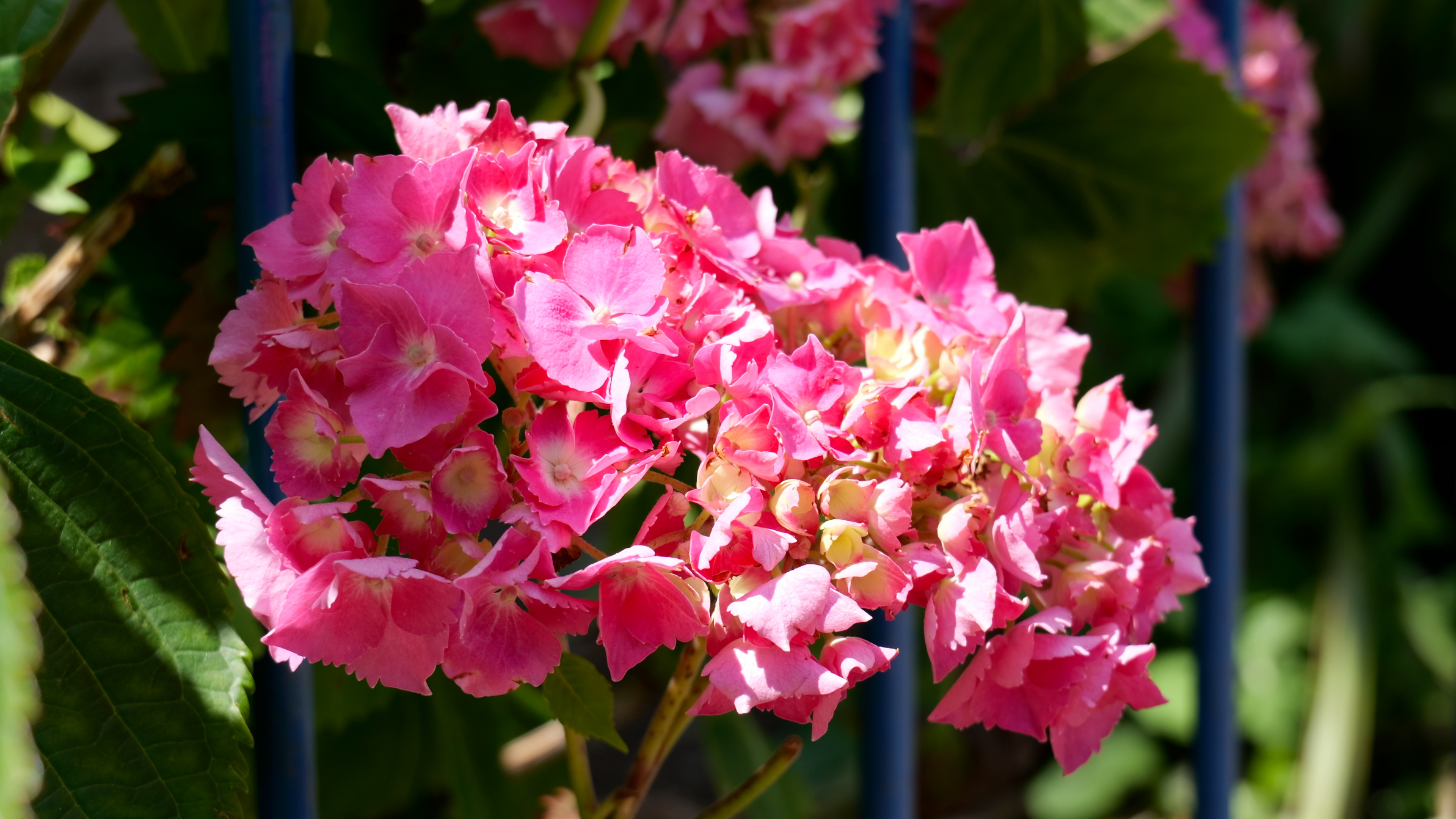

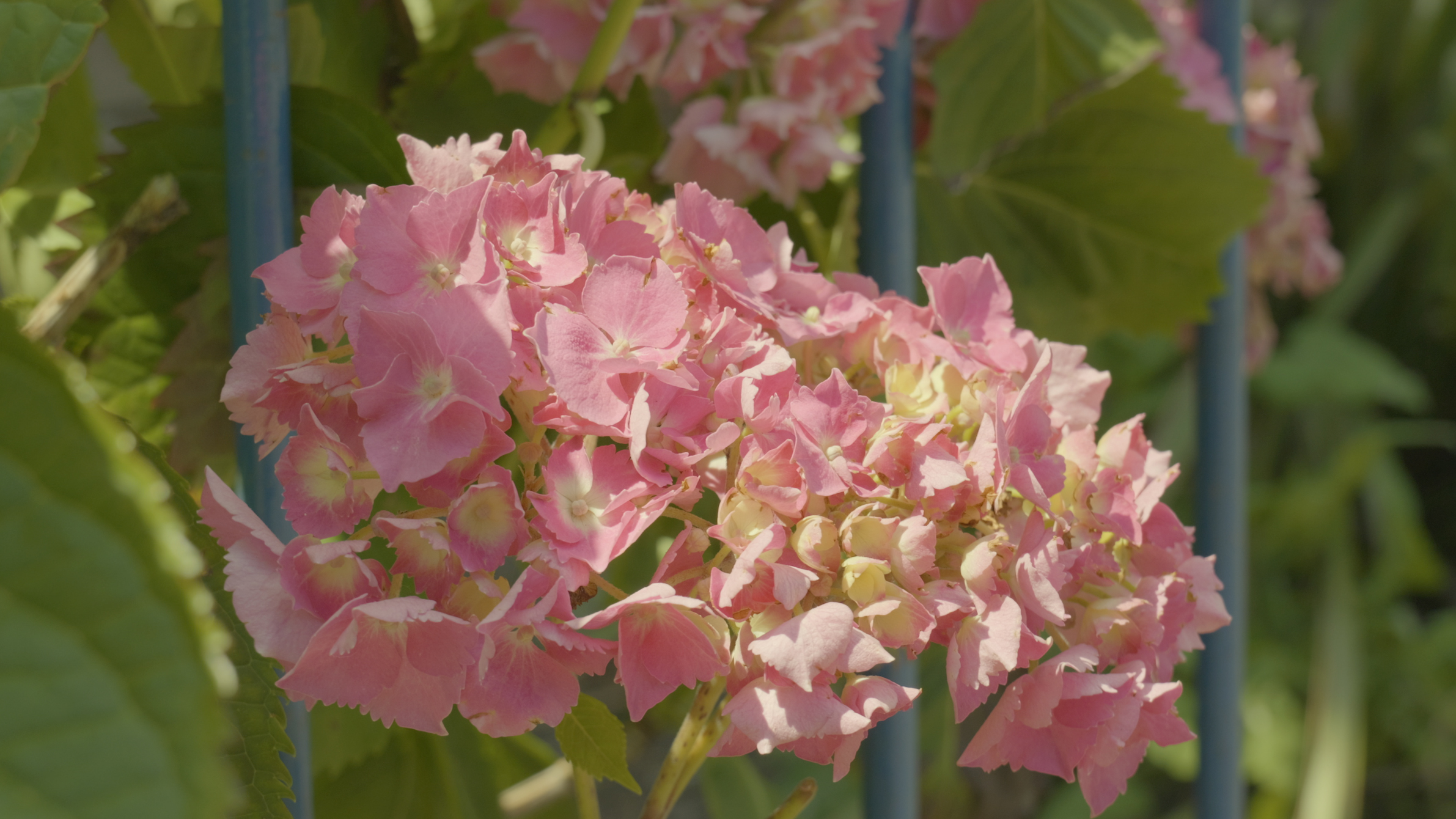
One thing you need to bear in mind is that LUTs are based on default camera color profiles, like Standard, Vivid or VLog. If you don’t have the camera set to the correct color profile, the LUTs will look off — at least versus their intended style.
I’m a little wary about such a large part of the camera’s functionality relying entirely on smartphone usage. If or when the app ceases to be supported, you can no longer apply LUTs. If you then wipe the camera, you’ll be left with none save the Lumix samples.
Panasonic Lumix S9 review: Stabilization
The Lumix S9 features a 5-axis IBIS system, which provides up to 6.5 stops of stabilization when combined with electronic stabilization, depending on lens. This helps smooth out handheld video footage, as you can see in the panning footage below.

For stills, the S9’s IBIS system is less effective, although better than having nothing. Electronic stabilization assist is only available for video in the settings menu, so the maximum stabilization drops from 6.5- to 5-stops for stills. This lets you drop your shutter speed moderately without incurring motion blur when shooting handheld.
However, it isn’t as effective as the IBIS found in the Fujifilm X-S20, which can shoot at ½ sec and still produce a sharp shot. The S9’s IBIS performed acceptably down to only 1/15 sec, and by 1/10 sec was starting to struggle.
Panasonic Lumix S9 review: Battery life
The Lumix S9 uses the same battery as the S5IIX, rated for 430 shots in the S9 which is disappointing for anyone (like me) used to the 700+ shot rated batteries of, say, the APS-C Fujifilm X-T5. Even in full frame terms, 430 is pretty poor. The Sony A7 IV, for example, is rated for 580 shots.

As this is a video camera, I tested battery life by shooting 4K/60P continuously. The camera overheated a couple of times, at 89 and 104 minutes, but kept shooting for 109 minutes in total, so about on par with the 100 minutes I achieved with the S5IIX (using the same battery). That’s almost two hours of 4K video, which is quite a lot.
Panasonic Lumix S9 review:
While it produces lovely-looking video, the Lumix S9 is a muddled mixture of pro and amateur features. It boasts lots of hardcore specs, including open gate video recording; various resolutions, formats and data capture rates; and as a full frame camera the S9 will demand a premium for lenses that less serious shooters may find uncomfortable. But I can’t see any serious videographers using this camera.

Many of the S9’s features (or lack thereof) are at odds with the pro features above. There’s only one SD slot, no focus joystick nor EVF nor headphone jack. There’s an MP4 Lite mode for mobile device editing and a reliance on smartphone usage for one of the camera’s core features. That’ll be enough to put off hardcore video shooters, but I also find myself asking: do the people who do want such a stripped back camera also want or need features like open gate 6K? I doubt it. So why pay a premium for them?
The Lumix S9 isn’t a bad camera, but there are much tighter packages for content creators out there like the Sony a6700 and Fujifilm X-S20, which are cheaper and have a wider range of affordable lenses. Those cameras require downsizing to APS-C and losing a few video formats and resolution choices, but for the target market we’re talking about here, I don’t think any of that will be a problem. The S9’s creator-focused MP4 Lite format is shooting in an APS-C crop anyway! The Lumix S9 doesn’t make much sense to me.

Peter is a Senior Editor at Tom's Guide, heading up the site's Reviews team and Cameras section. As a writer, he covers topics including tech, photography, gaming, hardware, motoring and food & drink. Outside of work, he's an avid photographer, specialising in architectural and portrait photography. When he's not snapping away on his beloved Fujifilm camera, he can usually be found telling everyone about his greyhounds, riding his motorcycle, squeezing as many FPS as possible out of PC games, and perfecting his espresso shots.
